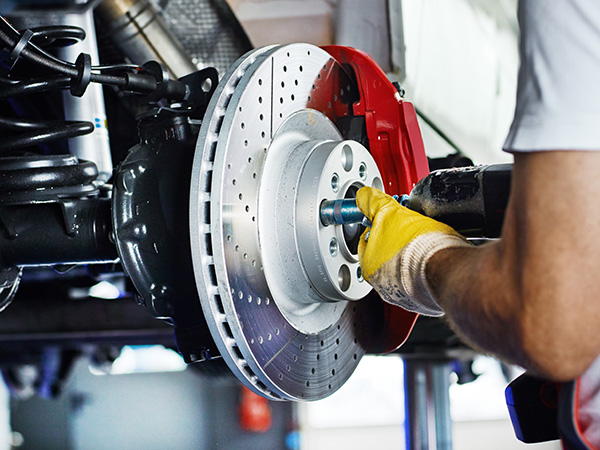
Tesla vehicles are known for their advanced technology, smooth acceleration, and unique driving experience. While they require less frequent maintenance than many traditional cars, it’s important not to overlook essential systems, especially the brakes. Even though regenerative braking reduces some wear, Teslas still rely on traditional brake components for full stopping power. Understanding what to watch for can help you avoid safety risks and costly repairs.
1. Brake Fluid Condition
Brake fluid plays a vital role in transferring force from the brake pedal to the wheels. Over time, this fluid can absorb moisture, which reduces its effectiveness and may lead to a spongy pedal feel or even brake failure. Tesla recommends checking and replacing brake fluid at regular intervals to maintain reliable performance. Ignoring fluid maintenance can compromise stopping power when you need it most.
2. Brake Pad Wear
Thanks to regenerative braking, Teslas typically experience less brake pad wear compared to gas-powered cars. However, this doesn’t mean the pads last forever. Dirt, weather conditions, and driving habits still affect pad life. Worn brake pads can reduce braking efficiency and damage rotors. Checking pad thickness regularly ensures you catch any problems before they lead to more serious repairs.
3. Rotor Condition
Rotors are critical for slowing your vehicle down safely. Even if you don’t use your brakes as often, rust can build up on the rotors, especially if the car sits unused for long periods. Uneven rotor surfaces can cause vibrations or pulsations when braking. Keeping rotors clean and smooth helps maintain even braking and prevents damage to other components.
4. Brake Calipers
Brake calipers clamp the pads onto the rotors to create friction and slow the car. If calipers become stuck or corroded, they can cause uneven braking, unusual noises, or increased wear on one side of the brake system. Regular inspections can catch caliper problems early, ensuring balanced and effective braking.
5. Brake System Alerts
Tesla’s advanced onboard systems monitor many aspects of your vehicle, including the brakes. If you receive a brake-related warning on your screen, it’s important not to ignore it. These alerts can indicate anything from low brake fluid to electronic system issues that affect braking performance. Addressing these warnings right away keeps your car safe and prevents small issues from becoming major problems.
Why Brake Maintenance Matters for Teslas
Even with regenerative braking taking on much of the stopping effort, the traditional brake system is still essential for quick stops and emergencies. Regular brake maintenance ensures your car can stop reliably in all situations. It also helps you avoid unexpected repair costs and keeps other braking components, like the rotors and calipers, in good condition.
How to Extend Brake Life
Driving smoothly, allowing regenerative braking to slow the car when possible, and avoiding aggressive stops can all help extend the life of your brake components. It’s also helpful to wash your wheels regularly to remove debris and brake dust that can contribute to wear.
Get Expert Brake Service at Future Auto Service in Burbank, CA
If you own a Tesla, don’t overlook your brake system. The team at Future Auto Service in Burbank, CA, is experienced in maintaining and servicing Tesla brake systems to keep you safe on the road. Schedule an inspection or service today and enjoy the peace of mind that comes from knowing your brakes are in excellent condition.